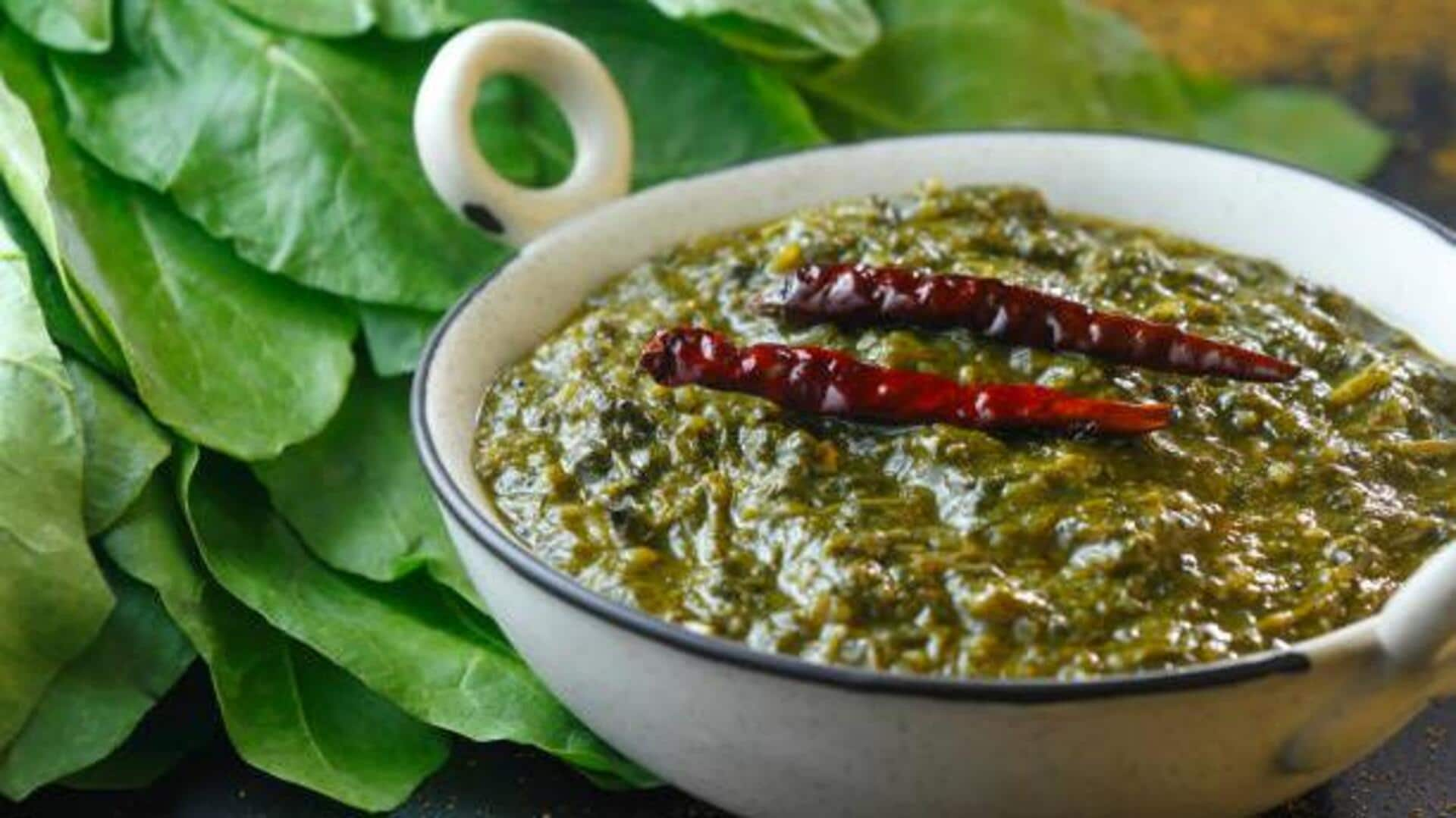
From fields to plates: The evolution of saag
What's the story
Saag—a popular leafy green dish—has deep roots in South Asian cuisine. Known for its rich flavors and nutritional value, saag is often made with spinach, mustard greens, or other leafy vegetables. This dish has been a staple in many households for centuries. Its journey from humble beginnings to becoming a beloved dish worldwide reflects the cultural exchanges and culinary innovations that have shaped its evolution over time.
History
Historical significance of saag
The history of saag dates back to ancient times, when it was mostly consumed in the rural areas. It was considered a nutritious meal because of the high vitamin content. Over the years, saag became an integral part of traditional feasts and celebrations. The preparation methods may have evolved, but the essence still remains rooted in tradition.
Variations
Regional variations across borders
Saag varies widely from region to region. In India, it is commonly served with makki di roti (cornbread) but in Pakistan, it is accompanied with naan or rice. From adding local spices to ingredients, every region gives its own unique spin to saag. These variations emphasize how saag can be adapted to suit different palates and preferences.
Nutrition
Nutritional benefits of leafy greens
The leafy greens used in saag, like spinach and mustard greens, are packed with essential nutrients like iron, calcium, and vitamins A and C. These are essential for boosting immunity and improving digestion. Adding saag to one's diet regularly is beneficial for its low-calorie content, aiding a healthy, balanced diet. This makes saag not just a tasty addition to meals, but a healthy one too!
Techniques
Cooking techniques for perfect saag
Cooking techniques for saag vary widely but generally, the greens are simmered till tender, before they're blended into a smooth consistency. Some recipes even call for tempering with spices like cumin or garlic to enhance the flavor further. Mastering these techniques can help you achieve the perfect texture and taste that makes this dish so beloved worldwide.